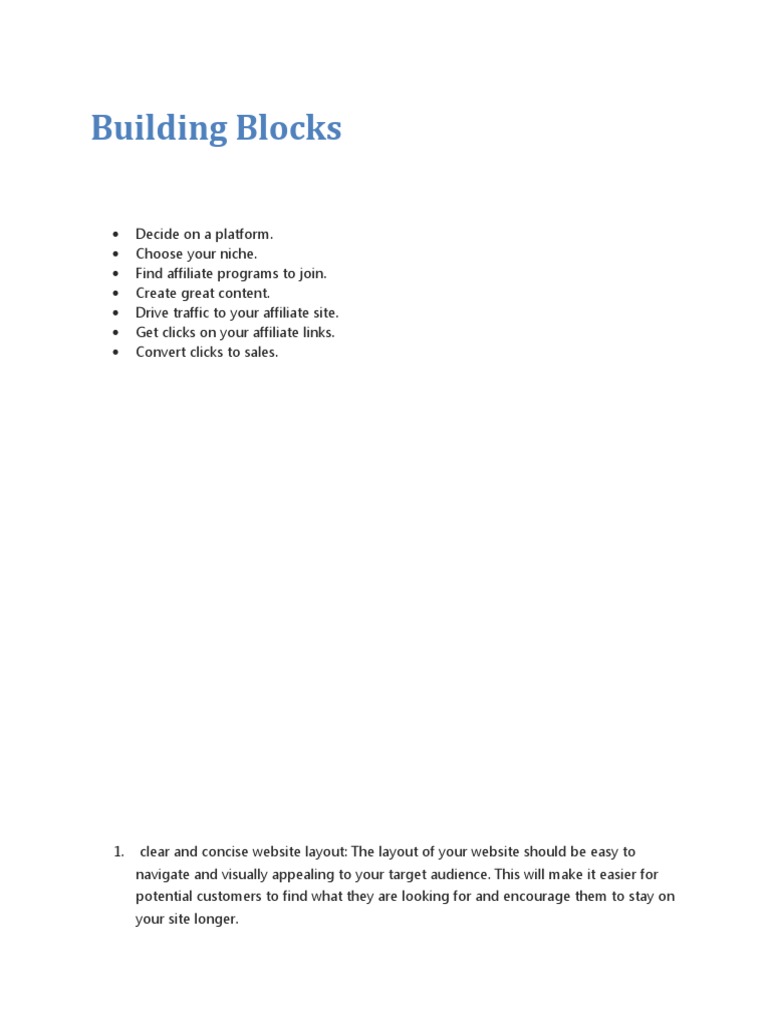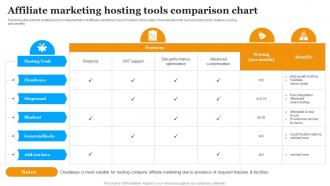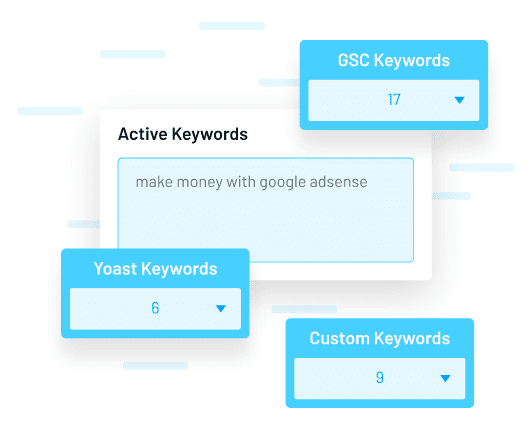
In the ever-evolving world of digital marketing, maintaining a balance between monetization and user trust has never been more critical. With search engines like Google placing increasing emphasis on user experience, content quality, and ethical practices, the way you handle disclaimers, affiliate links, and transparency can significantly impact your SEO performance.
This article explores how to effectively use disclaimers, affiliate marketing, and transparency in your content without negatively affecting your search engine rankings. Whether you’re a brand, an affiliate marketer, or both, understanding these strategies will help you build long-term authority and credibility while staying compliant with SEO best practices.
What Is Affiliate Marketing, Transparency, and Disclaimers and Why It Matters
Affiliate marketing is a performance-based strategy where individuals (affiliates) promote products or services for a commission. It’s a win-win: brands gain exposure, and affiliates earn income.
However, with the rise of online shopping and digital advertising, transparency has become a cornerstone of consumer trust. Users today are more informed and expect honesty from the content they consume.
Disclaimers, meanwhile, are legal statements that clarify the nature of a relationship between a content creator and the products or services being promoted. They serve as a safeguard against misleading claims and help maintain compliance with regulations like the FTC (Federal Trade Commission) in the U.S.
Why does this matter for SEO? Search engines prioritize websites that provide value, maintain trust, and avoid deceptive practices. If your site appears to be manipulative or lacks transparency, it could suffer in search rankings.
How Affiliate Links, Disclaimers, and Transparency Impact SEO Performance
The integration of affiliate links, disclaimers, and transparency into your content isn’t just about ethics—it’s also about SEO health. Here’s how each element affects your visibility:
1. Trust and User Experience
Google’s algorithms increasingly favor sites that users find trustworthy. When you include clear disclaimers and disclose affiliate relationships, you signal to both users and search engines that your content is honest and reliable. This builds E-E-A-T (Experience, Expertise, Authoritativeness, Trustworthiness), which is a key ranking factor.
2. Content Quality and Relevance
Properly placed affiliate links should enhance the value of your content, not distract from it. If your content is informative and your affiliate recommendations are genuinely useful, you’re more likely to rank higher. Conversely, if your site is seen as spammy or overly commercial, it could lose authority.
3. Compliance and Legal Risks
Failure to disclose affiliate relationships can lead to penalties from regulatory bodies like the FTC. Even if you don’t face legal consequences, poor compliance can damage your brand’s reputation and indirectly hurt your SEO by reducing user engagement and trust.
4. Search Intent Alignment
Users searching for product reviews or comparisons expect honest, well-documented information. If your content includes affiliate links but lacks proper disclaimers, it may fail to meet the intent of the search query, leading to lower click-through rates and dwell time—both of which are important SEO signals.
Step-by-Step Implementation Framework
To use disclaimers, affiliate links, and transparency effectively without harming your SEO, follow this structured approach:
1. Define or Audit the Current Situation
- Audit your content: Review all pages that contain affiliate links.
- Check compliance: Ensure all affiliate disclosures are present and visible.
- Analyze user behavior: Use tools like Google Analytics and heatmaps to see how users interact with your content.
2. Apply Tools, Methods, or Tactics
- Use clear and visible disclaimers: Place them at the top of blog posts or within product reviews. For example: “This post contains affiliate links, which means I may earn a commission at no cost to you.”
- Leverage tools for compliance: Platforms like GetGenAI offer automated compliance checks and customizable templates to ensure your disclaimers meet legal standards.
- Optimize for readability: Avoid jargon and keep disclaimers concise and easy to understand.
3. Measure, Analyze, and Optimize
- Track engagement metrics: Monitor bounce rate, time on page, and conversion rates after implementing changes.
- Conduct A/B testing: Compare versions of your content with and without disclaimers to see which performs better.
- Update regularly: Stay informed about changes in SEO guidelines and update your disclaimers accordingly.
Real or Hypothetical Case Study

Let’s look at a hypothetical case study of a lifestyle blog that implemented these strategies:
Before: The blog had numerous affiliate links without clear disclaimers. Traffic was high, but engagement was low, and the site ranked poorly for competitive keywords.
After: The blog added clear disclaimers at the top of each post, optimized its content for relevance, and focused on providing genuine value. Over six months, traffic increased by 30%, and the site moved up in search rankings for several key terms.
This shows that when done right, transparency and proper disclosure can actually improve SEO performance.
Tools and Techniques for Affiliate Marketing and Transparency
Here are some of the most effective tools and techniques to help you implement transparency and manage affiliate links responsibly:
- GetGenAI: Offers automated compliance checks, customizable disclaimer templates, and AI-driven reporting to streamline the process.
- SurferSEO: Helps optimize content for keyword clusters and semantic scoring, ensuring your affiliate links are naturally integrated.
- Google Search Console: Monitors your site’s performance and alerts you to any issues that might affect your SEO.
- SEMrush: Provides insights into competitor strategies and helps track the effectiveness of your affiliate marketing efforts.
- Ahrefs: Useful for backlink analysis and keyword research, ensuring your content aligns with search intent.
Future Trends and AI Implications
As AI continues to shape the future of SEO, the importance of transparency and ethical practices will only grow. Search engines are becoming more adept at detecting manipulative content, and AI-powered tools like Google’s SGE (Search Generative Experience) will emphasize the need for high-quality, authentic content.
In the coming years, we can expect:
– More advanced AI tools to detect hidden affiliate links or misleading content.
– Stricter enforcement of disclosure requirements across platforms.
– Greater emphasis on E-E-A-T, especially for content that includes affiliate marketing.
To stay ahead, focus on building long-term trust with your audience through honest, valuable content. This not only improves SEO but also strengthens your brand’s reputation.
Key Takeaways
- Transparency builds trust, which is essential for both user engagement and SEO.
- Clear disclaimers are legally required and help maintain credibility.
- Properly placed affiliate links can enhance content value without harming your search rankings.
- Use tools like GetGenAI to automate compliance and ensure your content meets legal standards.
- Stay updated on evolving SEO trends and regulatory requirements.
By prioritizing transparency, ethical affiliate marketing, and clear disclaimers, you’ll not only comply with SEO best practices but also build a loyal audience that trusts your recommendations.
Meta Title: How to Use Disclaimers, Affiliates & Transparency Without Harming Your SEO
Meta Description: Learn how to use disclaimers, affiliate links, and transparency effectively without hurting your SEO. Build trust, boost rankings, and maintain compliance.
SEO Tags (5): #AffiliateMarketing #SEOBestPractices #TransparencyInContent #Disclaimers #DigitalMarketing
Internal Link Suggestions:
– [Parameter #3]: Content Quality & E-E-A-T Optimization
– [Parameter #7]: Technical SEO & Site Speed
– [Parameter #12]: User Experience & Engagement Metrics
External Source Suggestions:
– FTC Guidelines on Affiliate Marketing
– Google’s E-E-A-T Guidelines






